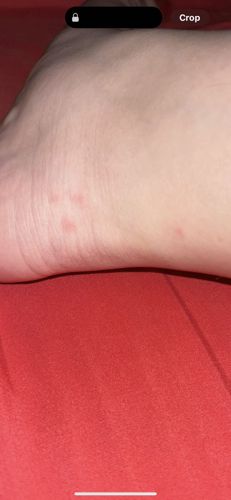Sand Flea / Chigoe Flea
Scientific Name: Tunga penetrans
Order & Family: Siphonaptera, Tungidae (specifically Tunga penetrans)
Size: Unfed adults are very small, typically 1 to 1.5 mm in length. Once burrowed into the skin and engorged with blood and eggs, the female can swell to the size of a pea (4-10 mm).

Natural Habitat
Sandy environments, particularly beaches, dunes, and coastal areas in tropical and subtropical regions. They are common in areas with loose soil, animal hosts, and human activity.
Diet & Feeding
The adult female sand flea burrows into the skin of its host (humans, livestock, other mammals) to feed on blood. Males and immature stages are not parasitic and feed on decaying organic matter or are non-feeding.
Behavior Patterns
Sand fleas are active both day and night, but are typically more active during dusk and dawn. They move by jumping, similar to fleas, and are often found in large groups among the sand and debris. Females burrow into the skin, usually of the feet, to lay eggs, causing intense itching and inflammation. The impregnated female typically dies within a few weeks after laying eggs.
Risks & Benefits
Potential risks include tungiasis (infestation of the skin with sand fleas), which can cause unbearable itching, inflammation, pain, secondary bacterial infections, ulceration, and in severe cases, even gangrene and loss of nails or digits. There are no known benefits.
Identified on: 9/4/2025